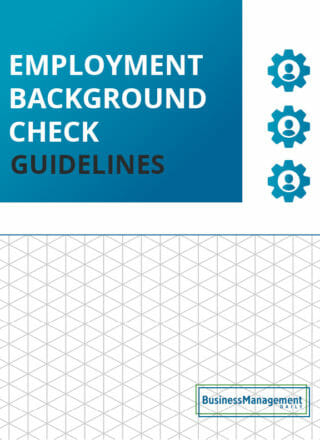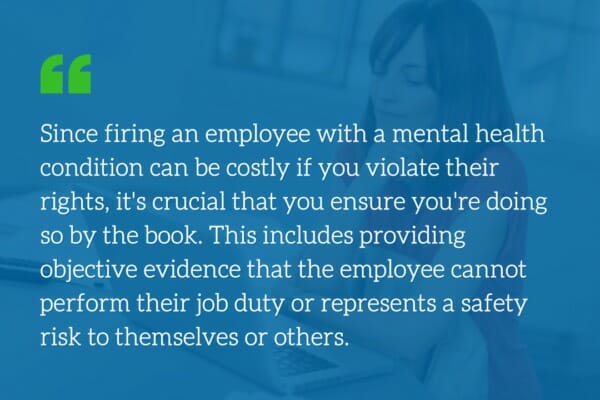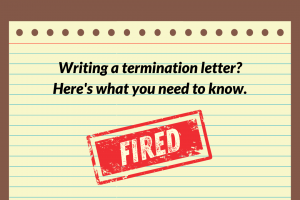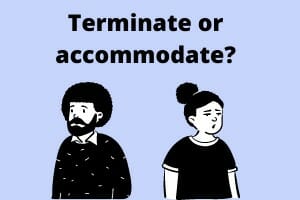Termination
There’s danger in every aspect of firing, from WARN Act layoffs and exit interviews to constructive discharge and more. Learn how to fire an employee and sidestep wrongful termination lawsuits, with battle-tested firing procedures, and employment termination letters.
How do I fire an employee the legal way?
That depends on the circumstances. First, make sure that there isn’t a legal prohibition against discharging the employee. For example, if the employee has a signed employment contract, you must follow the rules in the agreement. If the employee is covered by a union contract, follow the disciplinary rules the collective bargaining agreement spells out. If you are conducting a mass layoff, special rules apply for many larger employers under the Worker Adjustment and Retraining Notification (WARN) Act. Many states have similar rules for smaller workforces. There are also special rules that apply to public employees – who generally must receive an “opportunity to be heard” before you make a final termination decision. Plus, under the Uniformed Services Employment and Reemployment Rights Act (USERRA), covered employers can only be discharged for cause during the first 12 months after reemployment.
If my workplace is at-will, can I fire for any reason?
If your workplace is at-will, you can terminate any employee for any reason or no reason as long as it is not an illegal one. You cannot, for example, fire employees because of their race, sex, age, disability or other protected characteristic. If you have a progressive disciplinary program, follow it to avoid discrimination charges. You should also make sure that the planned termination isn’t retaliation for complaining about discrimination.
What is wrongful termination?
Wrongful termination is a general term for any discharge that violates federal, state or local employment laws.
Should I write a termination letter?
That depends. Generally, there is no requirement to tell an employee why you discharged him. Before you write a termination letter that includes specific reasons for termination, run the letter by your counsel. He or she may want to modify it or request that you not provide a specific reason. The danger is that by providing a specific reason now, you cannot modify that reason later or include other reasons. Doing so could lead a court to conclude your shifting reasons are an attempt to cover up an illegal reason such as discrimination.
You should remind terminated employees about any contractual obligations they have. For example, if they are subject to a trade secret or non-compete agreement, let them know you intend to enforce it.

























